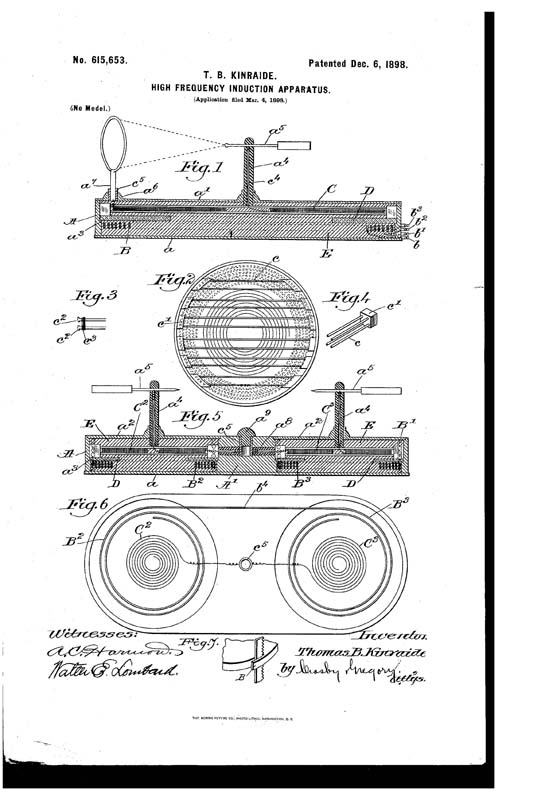To Jeff and others,
What sort of varnish are you using to impregnate your coils? The electric motor rewind factory I work at uses a varnish called Isonel 31 HF by Schenectady for nearly all of our motors and coils. It's one of the better varnishes. I believe that heremetic varnishes are the best but I would need the data sheet to confirm which had the best breakdown voltage. The only problem with these varnishes is that they require a high temperature oven for the varnish to cure properly, usually around 150 C, otherwise the varnish will remain tacky, plus your coil formers will melt if you were using PVC. If you're thinking about going down this path and don't have an oven a rewind shop may be kind enough to let you cure your coils in their oven at no cost. The other option, if you're patient, is to coat each layer in several layers of an air dry varnish, made by Schenectady or Sterling.
I would also suggest that if you live in a big city find your nearest electric motor rewind supply shop and contact their manager or sales representatives regarding not only the best varnish for high voltage work but materials that you could use in your construction if you don't want to stick with PVC and timber.
What sort of varnish are you using to impregnate your coils? The electric motor rewind factory I work at uses a varnish called Isonel 31 HF by Schenectady for nearly all of our motors and coils. It's one of the better varnishes. I believe that heremetic varnishes are the best but I would need the data sheet to confirm which had the best breakdown voltage. The only problem with these varnishes is that they require a high temperature oven for the varnish to cure properly, usually around 150 C, otherwise the varnish will remain tacky, plus your coil formers will melt if you were using PVC. If you're thinking about going down this path and don't have an oven a rewind shop may be kind enough to let you cure your coils in their oven at no cost. The other option, if you're patient, is to coat each layer in several layers of an air dry varnish, made by Schenectady or Sterling.
I would also suggest that if you live in a big city find your nearest electric motor rewind supply shop and contact their manager or sales representatives regarding not only the best varnish for high voltage work but materials that you could use in your construction if you don't want to stick with PVC and timber.







 Will now try the same with a laser cutter
Will now try the same with a laser cutter  But I still will try to cut the coil with a laser cutter.
But I still will try to cut the coil with a laser cutter. 
Comment